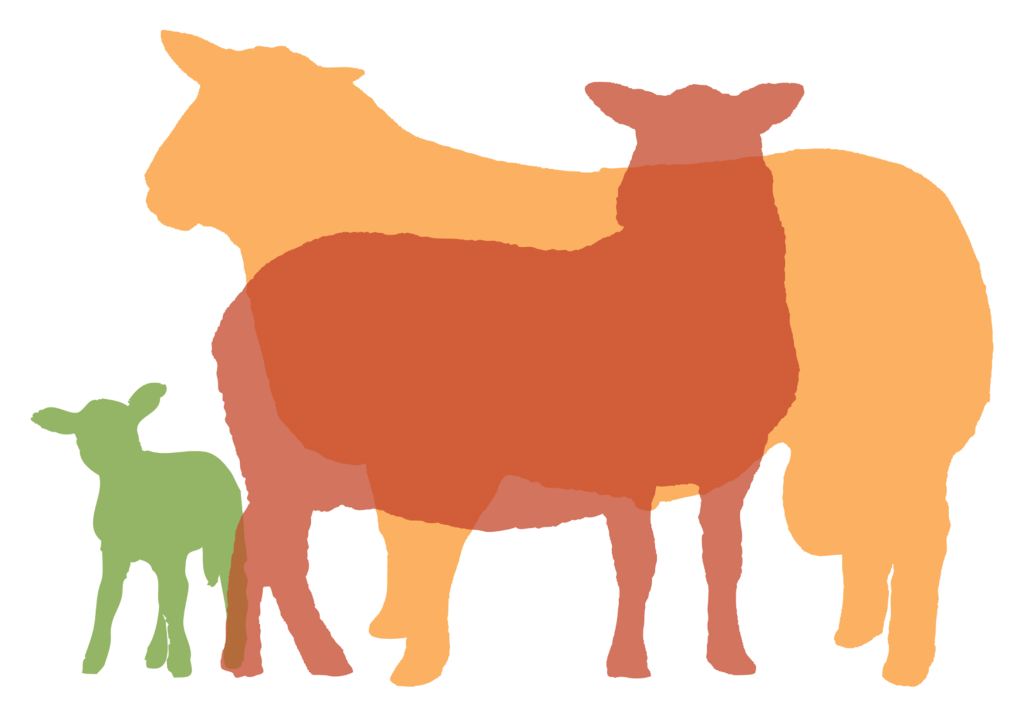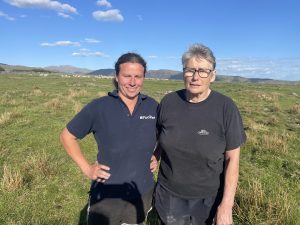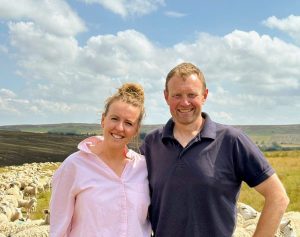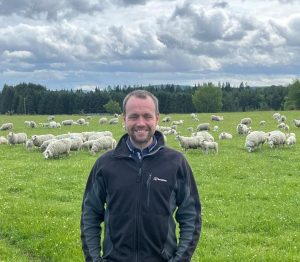Northumberland estate, Hedgeley Farms is bringing its 2,100 ewe stratified flock’s genetics under the microscope in a large scale, four-year trial designed to reduce costs and produce a higher value lamb without compromising quality.
The Aberfield is replacing the Bluefaced Leicester over a portion of the unit’s traditional Blackface flock bred for replacement purposes, whilst the Texel has been replaced by the Abermax meat sire crossed to both Blackface and Mule for store and finished lamb production.
John Carr-Ellison who owns the 4,000 acres hill and upland estate based at Powburn, Alnwick explains: “So far, we’ve determined that the Aberfield Blackface is a lighter, more compact shearling ewe averaging 60kg to 65kg compared to the traditional 70kg to 75kg North Country Mule, consequently it is likely to require less grazing enabling us to run a more extensive unit.
“The Aberfield rams are proving to be more vigorous than the Bluefaced Leicester tupping 80 to 100 ewes in two separate groups with a 10-day rest in between and contributing to a tight lambing. As to the Abermax, we have given them 60 to 80 ewes but they could probably tup more.”
He adds: “As we work towards developing a more efficient sheep enterprise post-Brexit, we chose Innovis genetics for the trial because we like the philosophy of selection using performance data. All the sheep’s genetics are accompanied by EBVs which demonstrate a commitment to performance recording. However, it is not all about EBVs, the rams have to look as if they can do the job and wear well too. These rams have undergone rigorous health monitoring which suits our system since we have adopted a strict approach to biosecurity. We look forward to the results with interest.”
Vet, Joe Henry of Black Sheep Farm Health will also be explaining why using farm data is vital to maximizing flock profitability. “Recording rearing percentage and lamb growth rates are the two essential key performance indicators,” he says.
“Whilst the vast majority of farmers are aware of scanning percentage, working out rearing percentage takes a bit more effort to calculate when in fact that’s what they are paid on. Similarly recording weight gain is equally important; once growth rate targets have been set, then farmers need to ensure they are met, and that’s down to optimum flock health and nutrition.
“Both sets of data provide crucial information that identifies any weaknesses in the system and in turn not only helps the farmer but also the vet to focus in on and address the issues.”



